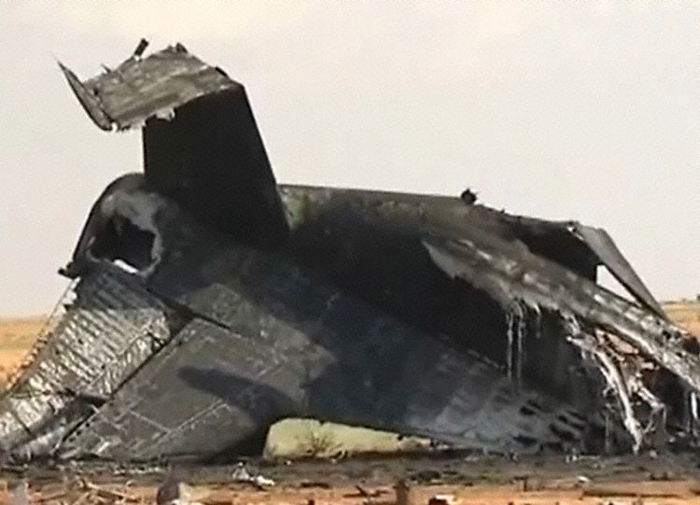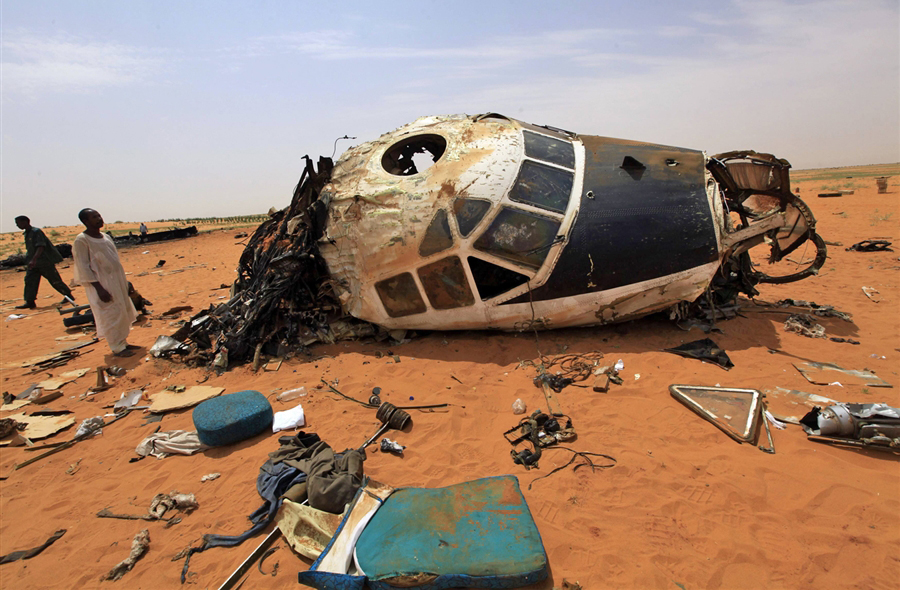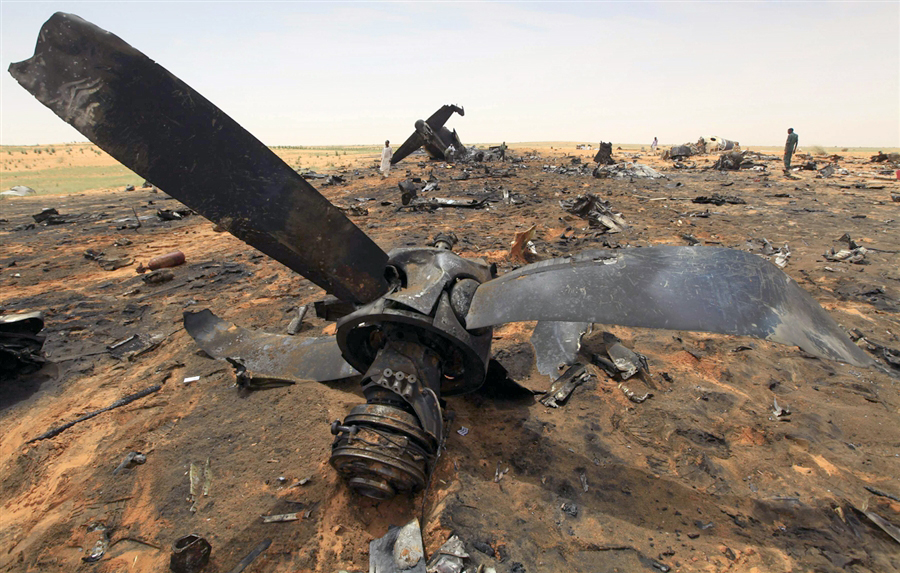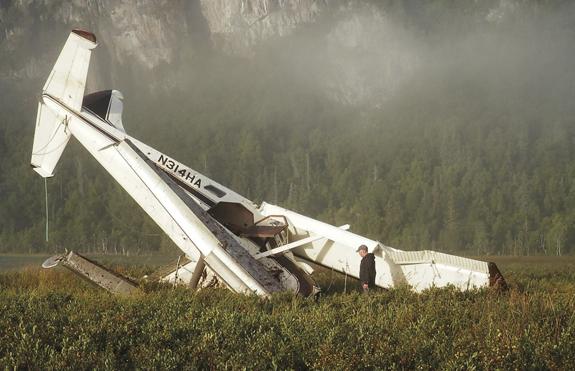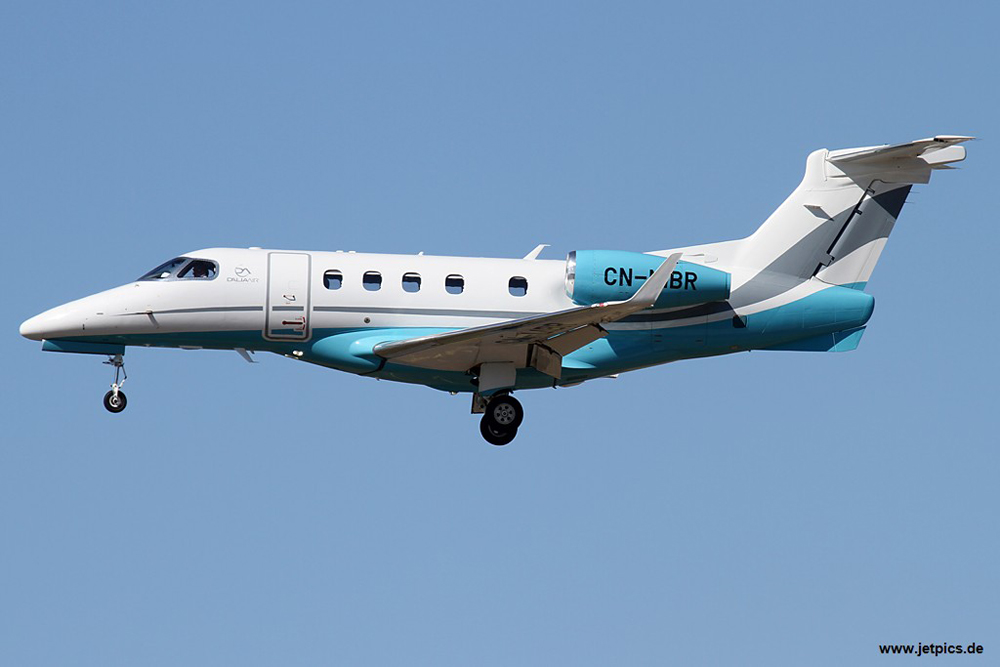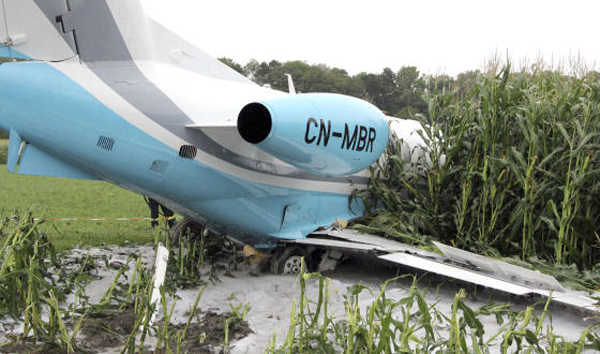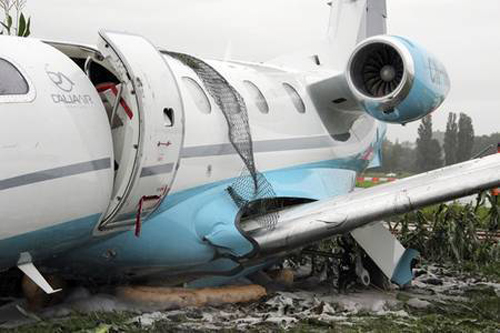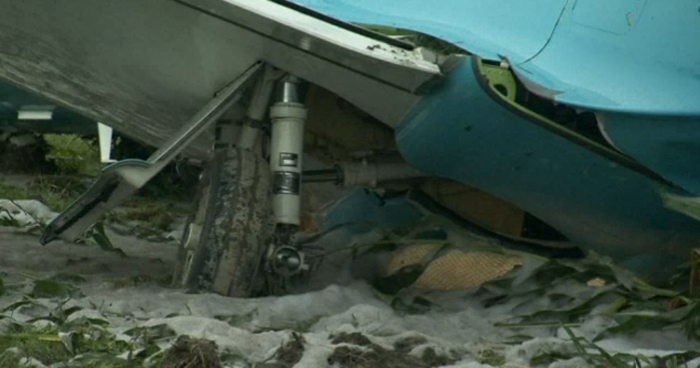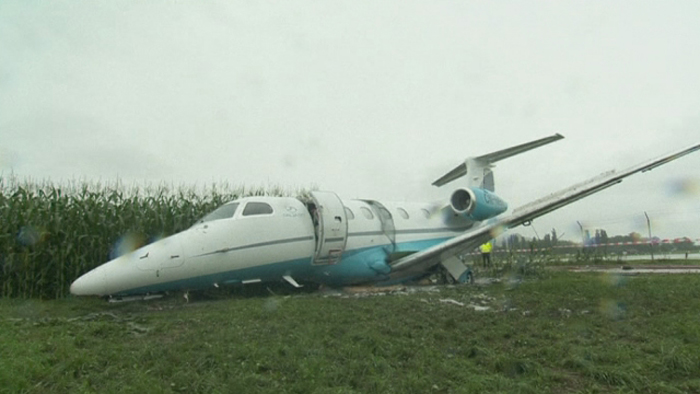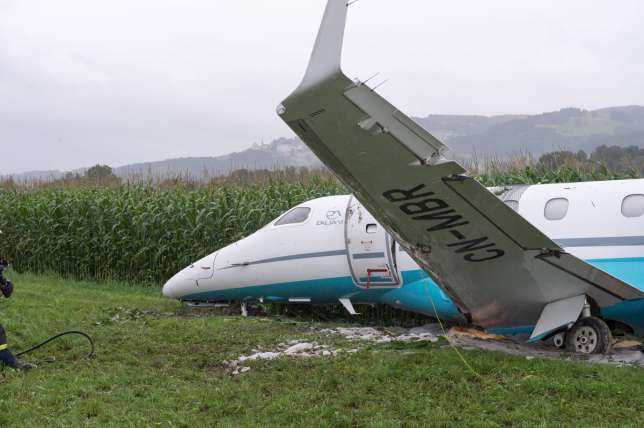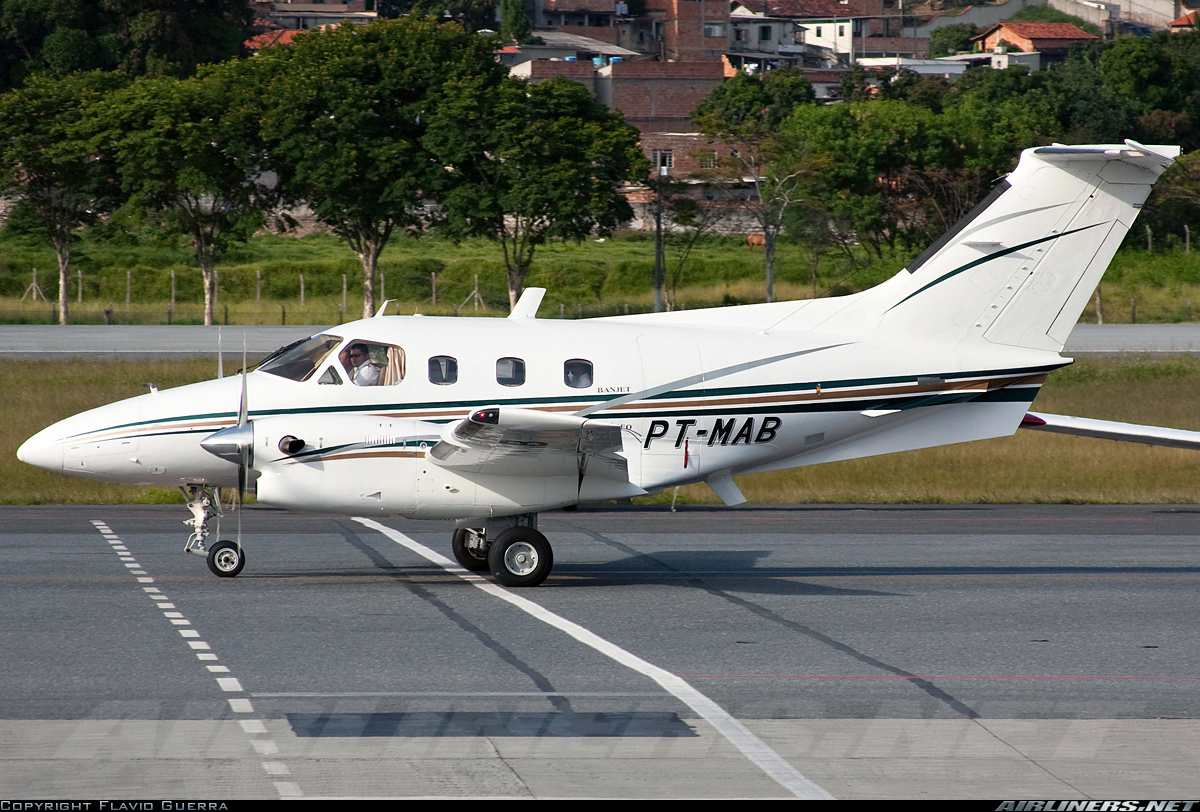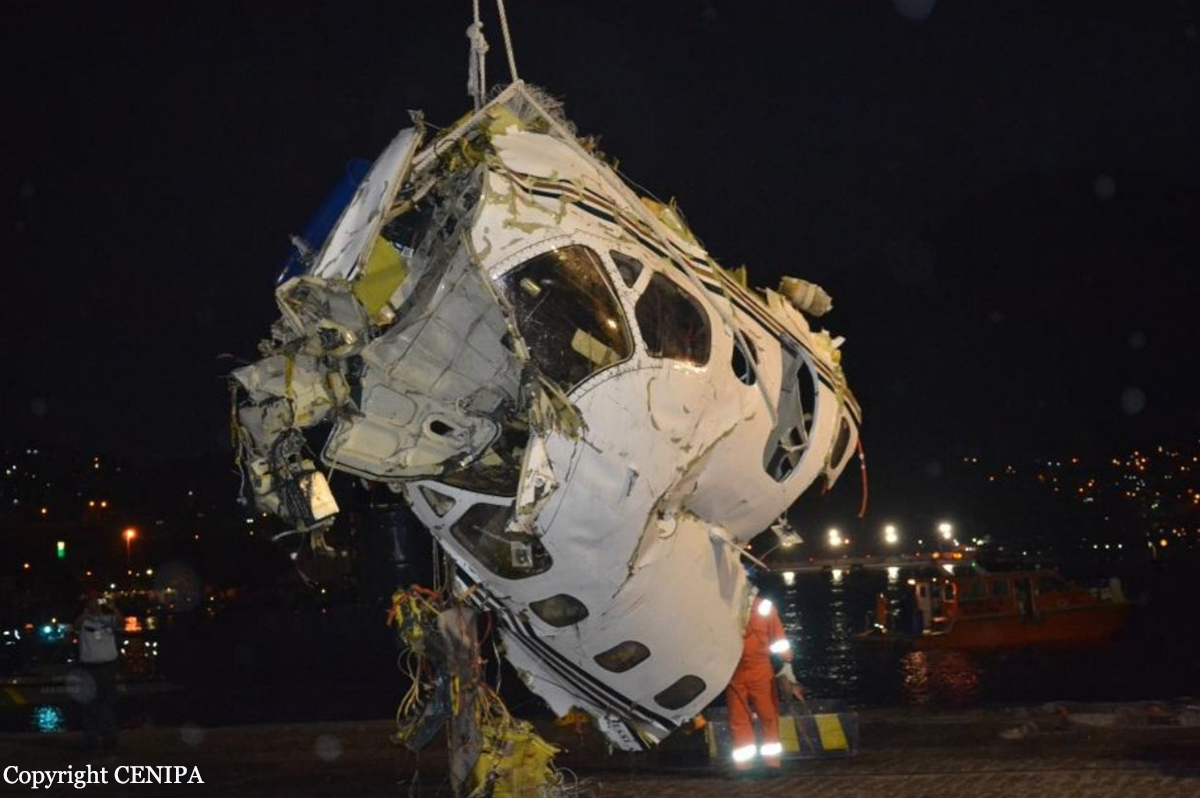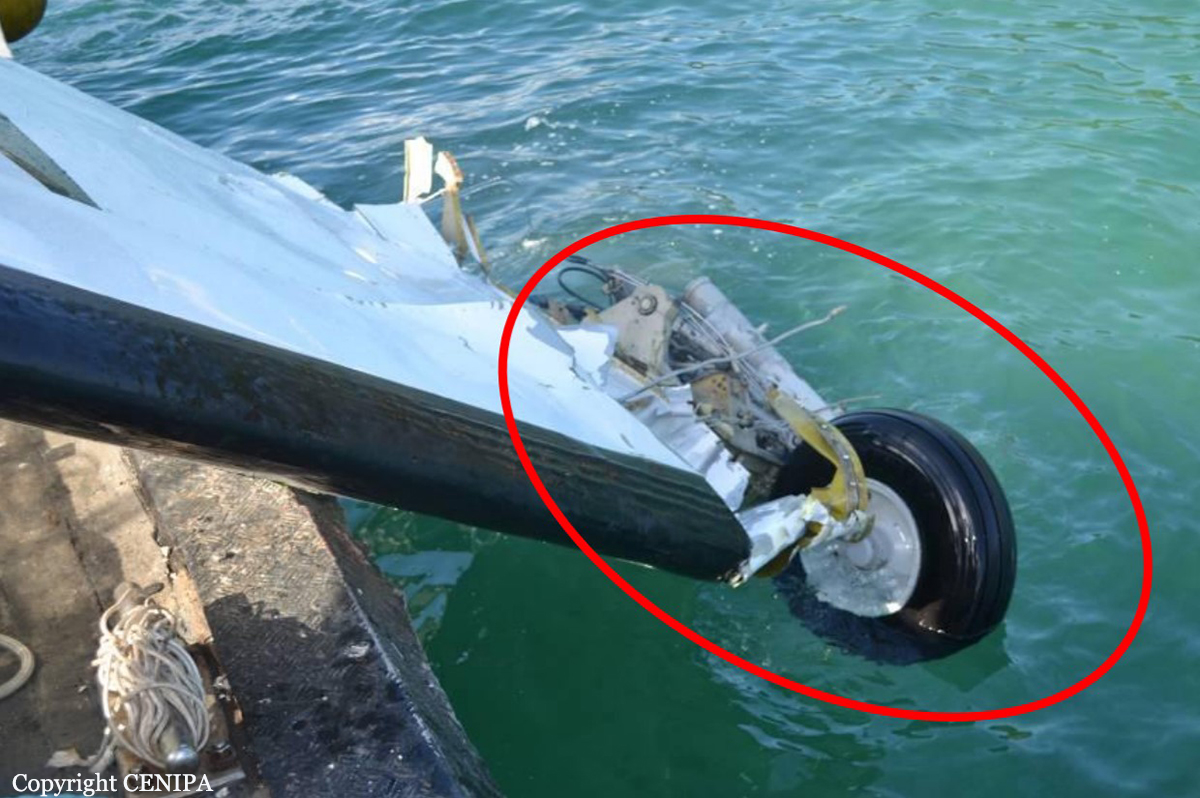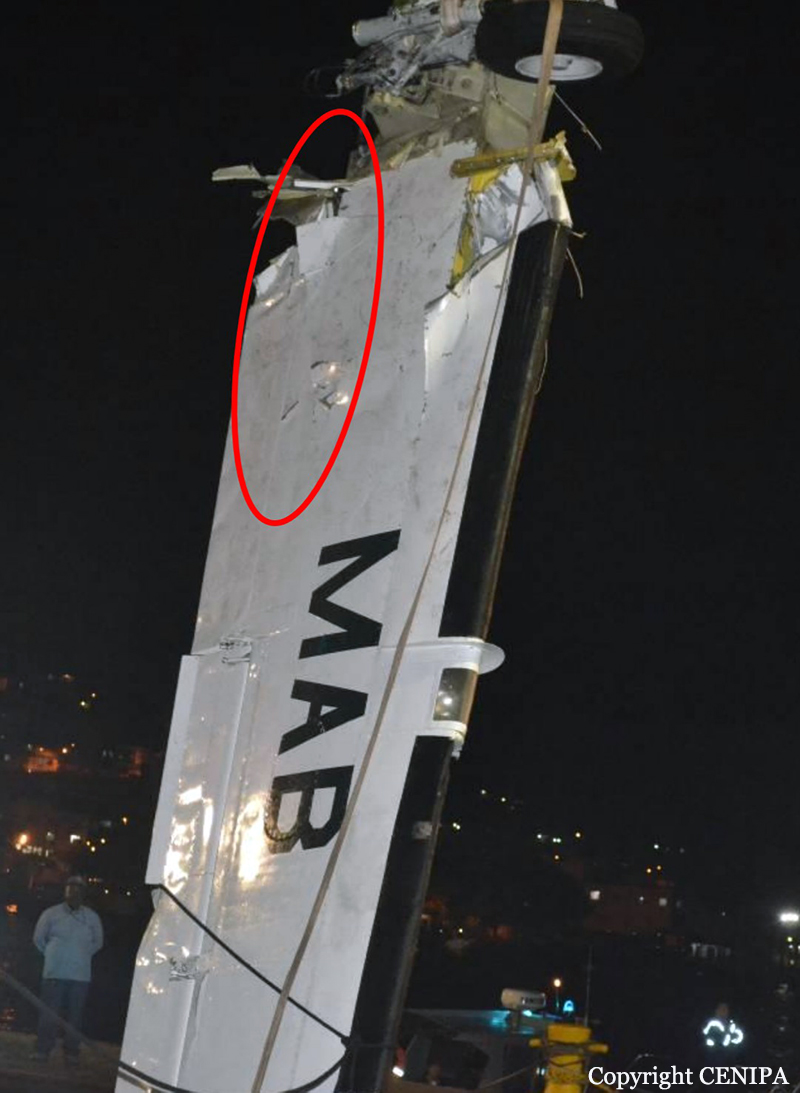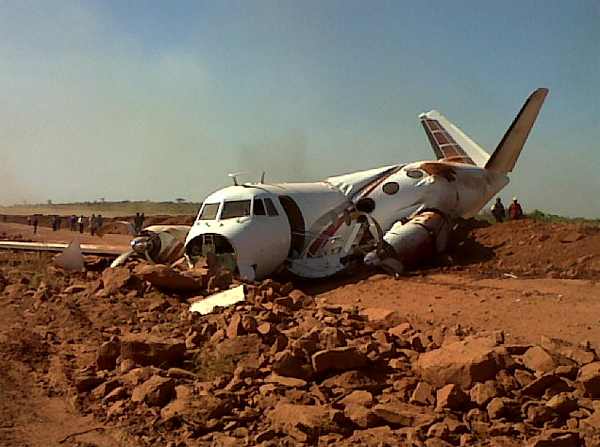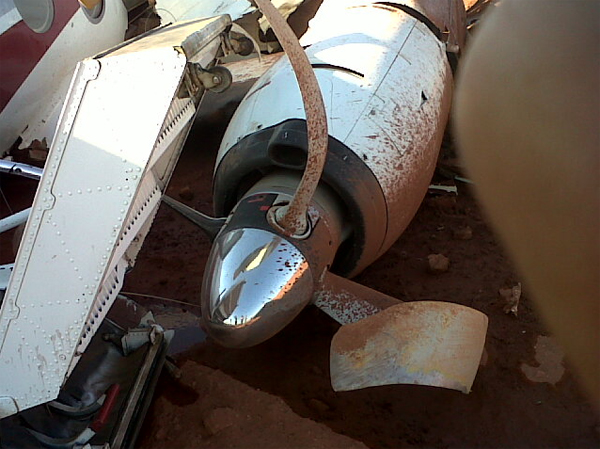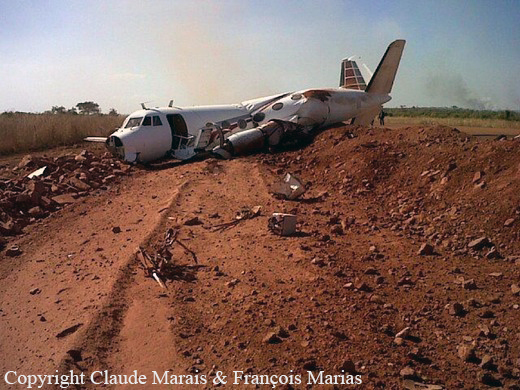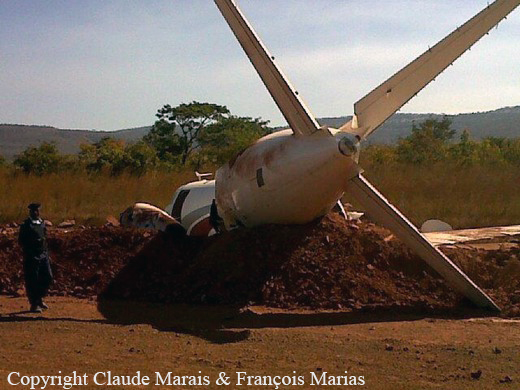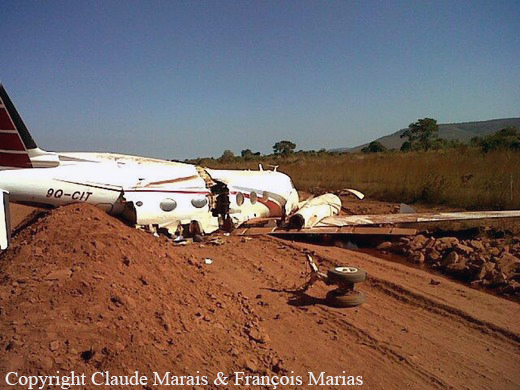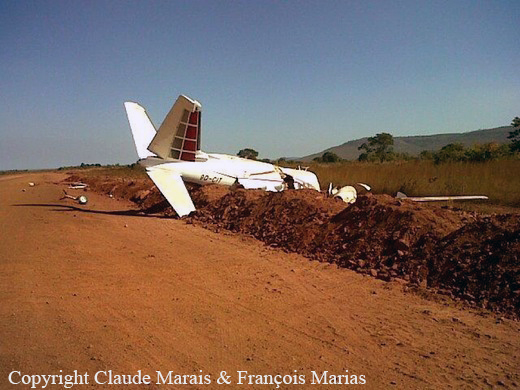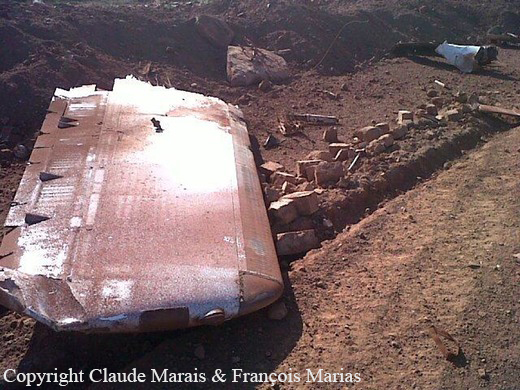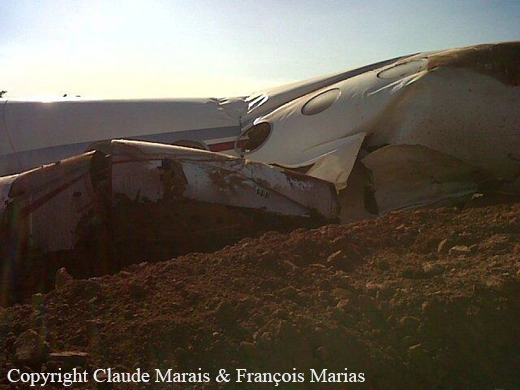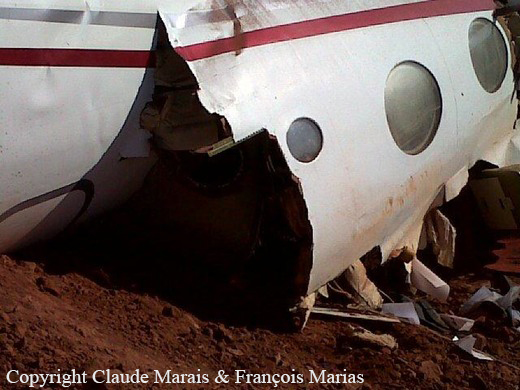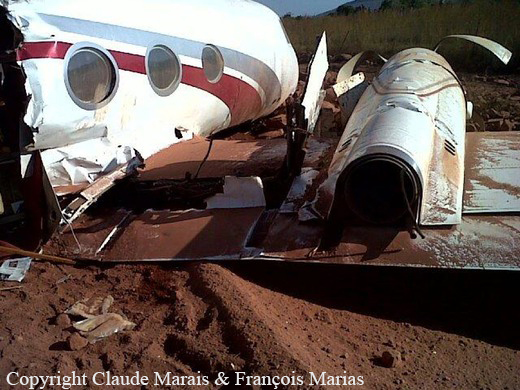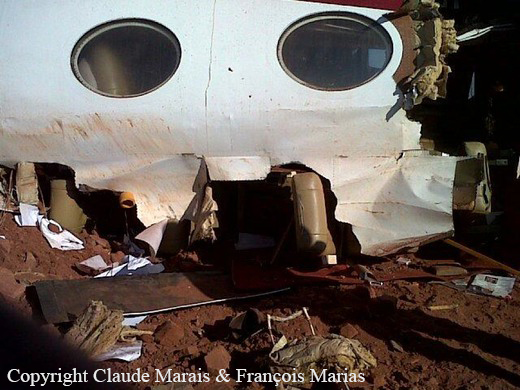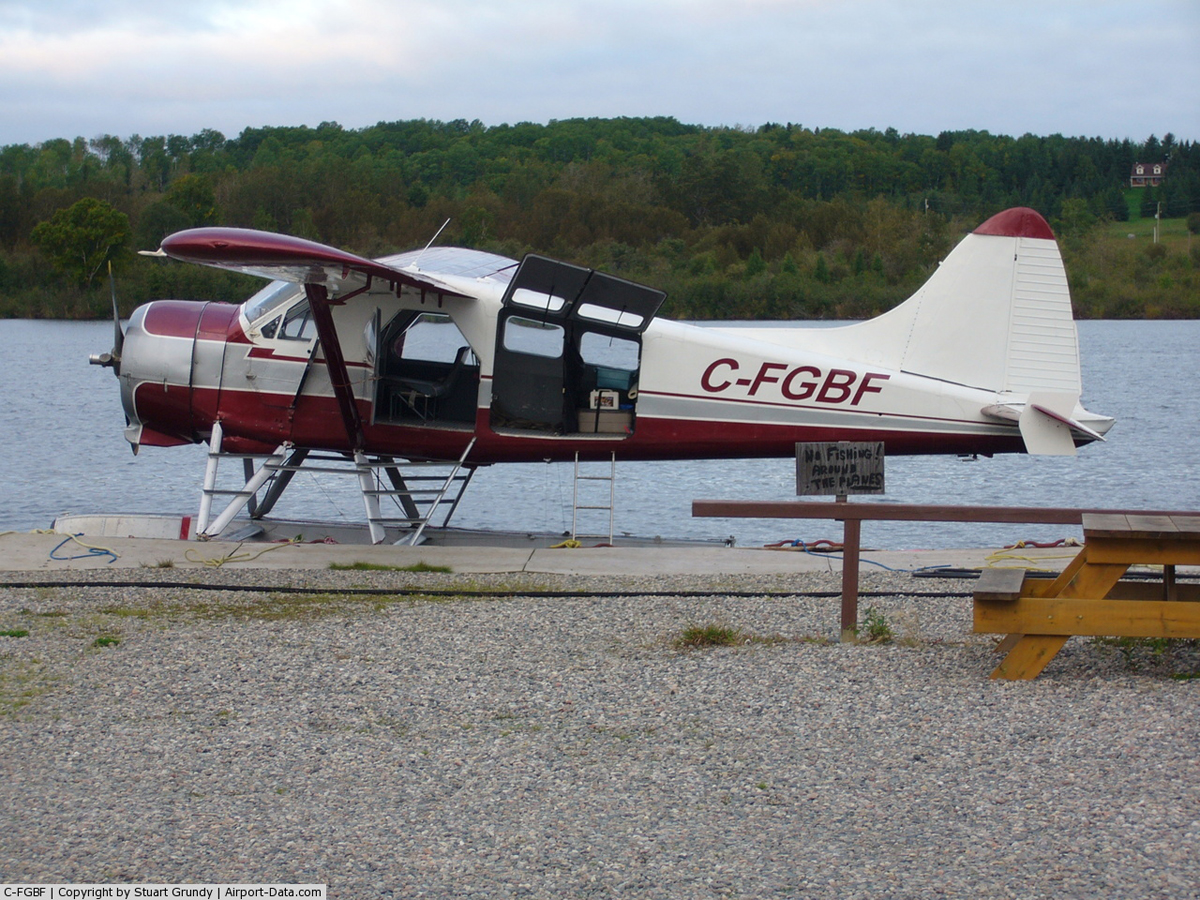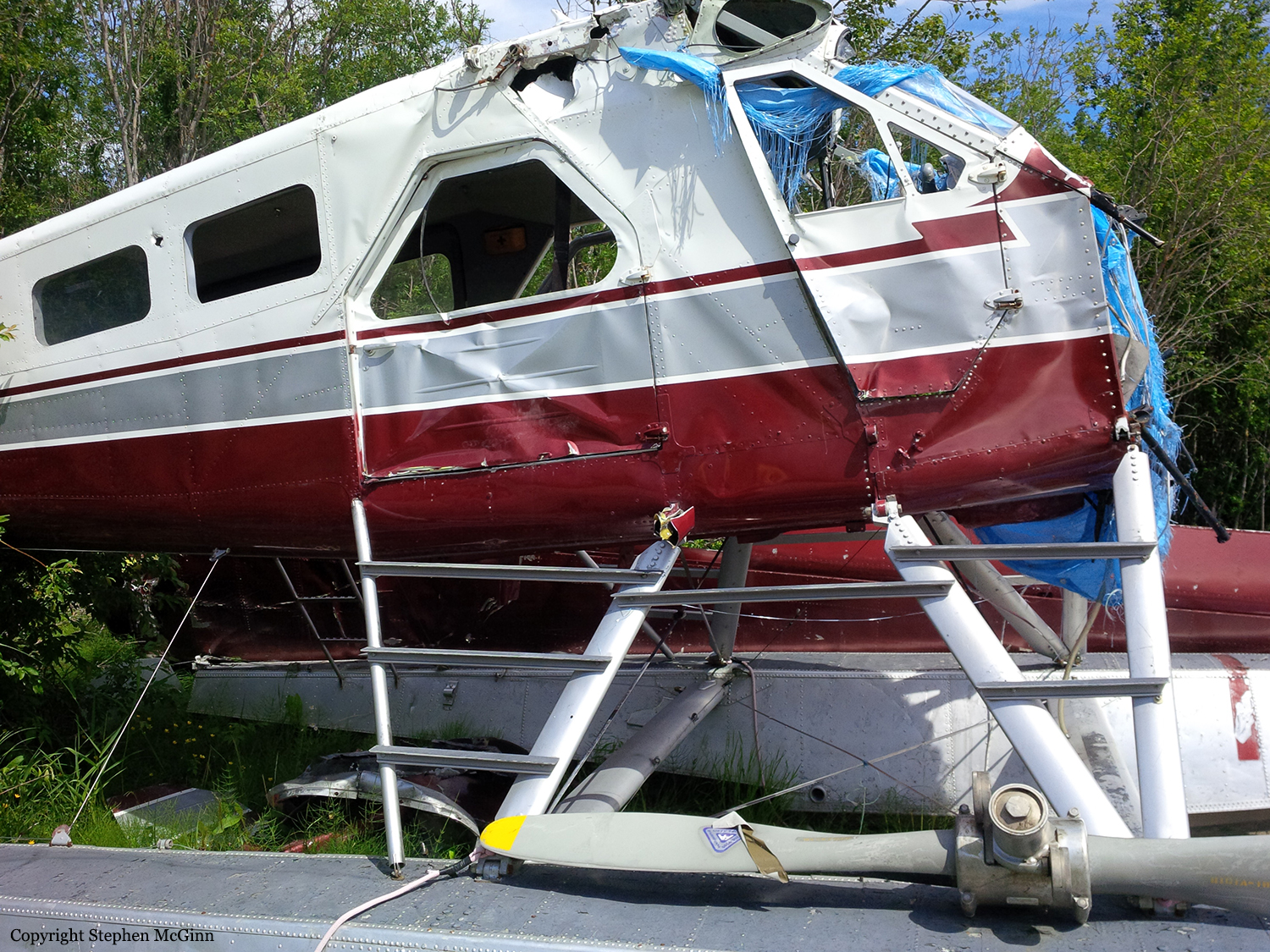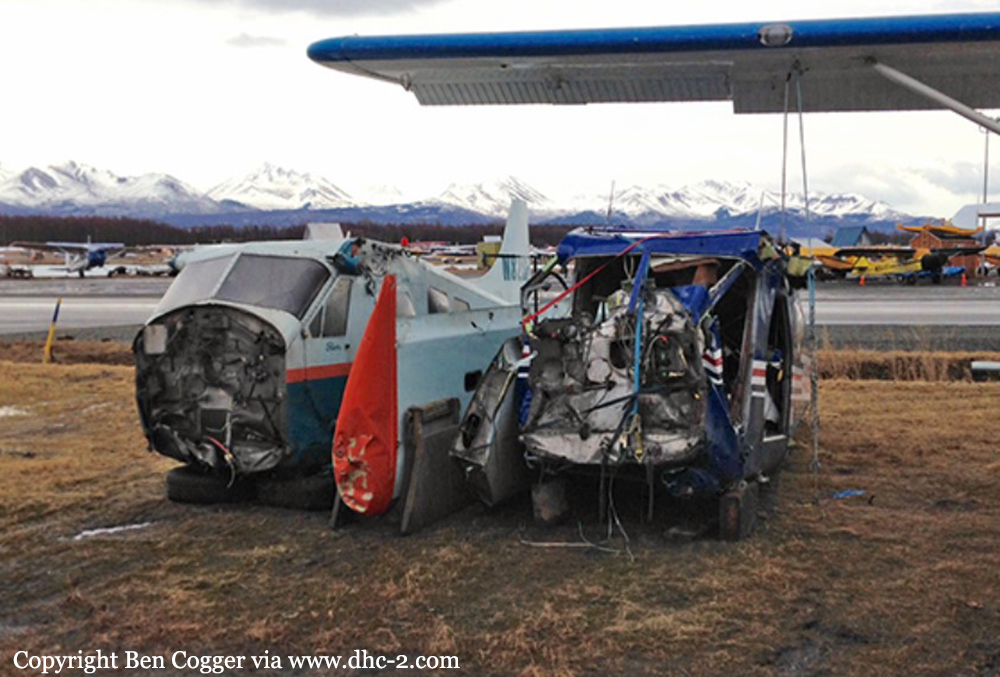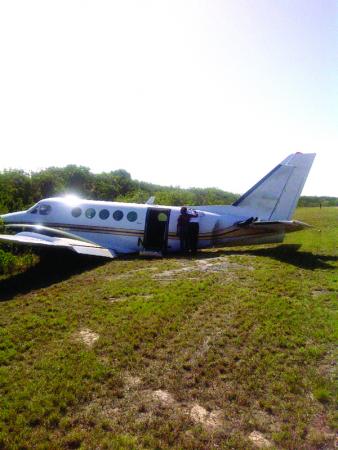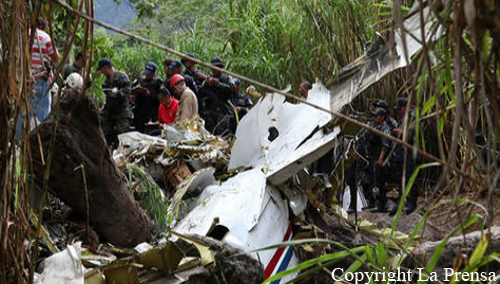Crash of an Antonov AN-12BP near Khartoum: 15 killed
Date & Time:
Oct 7, 2012 at 1200 LT
Registration:
ST-ARV
Survivors:
Yes
Schedule:
Khartoum - Al Fashir
MSN:
7 34 53 10
YOM:
1967
Crew on board:
6
Crew fatalities:
Pax on board:
16
Pax fatalities:
Other fatalities:
Total fatalities:
15
Circumstances:
The four engine aircraft was performing a flight from Khartoum to Al Fashir with 16 passengers and a crew of six on behalf of the Sudanese National Army. Few minutes after he departed Khartoum-Haj Yusuf Airport, the crew informed ATC about an engine failure and was cleared to return. Few seconds later, a second engine failed on the same side and the crew attempted to make an emergency landing. The aircraft crashed in a desert area located about 22 km from Khartoum Airport. The aircraft disintegrated on impact. 13 occupants were killed while nine other were seriously injured. Few days later, two passengers died from their injuries.
Probable cause:
Double engine failure for unknown reasons.



